Home>Construction & Tools>Building Materials>How Long Does It Take To Brick A House
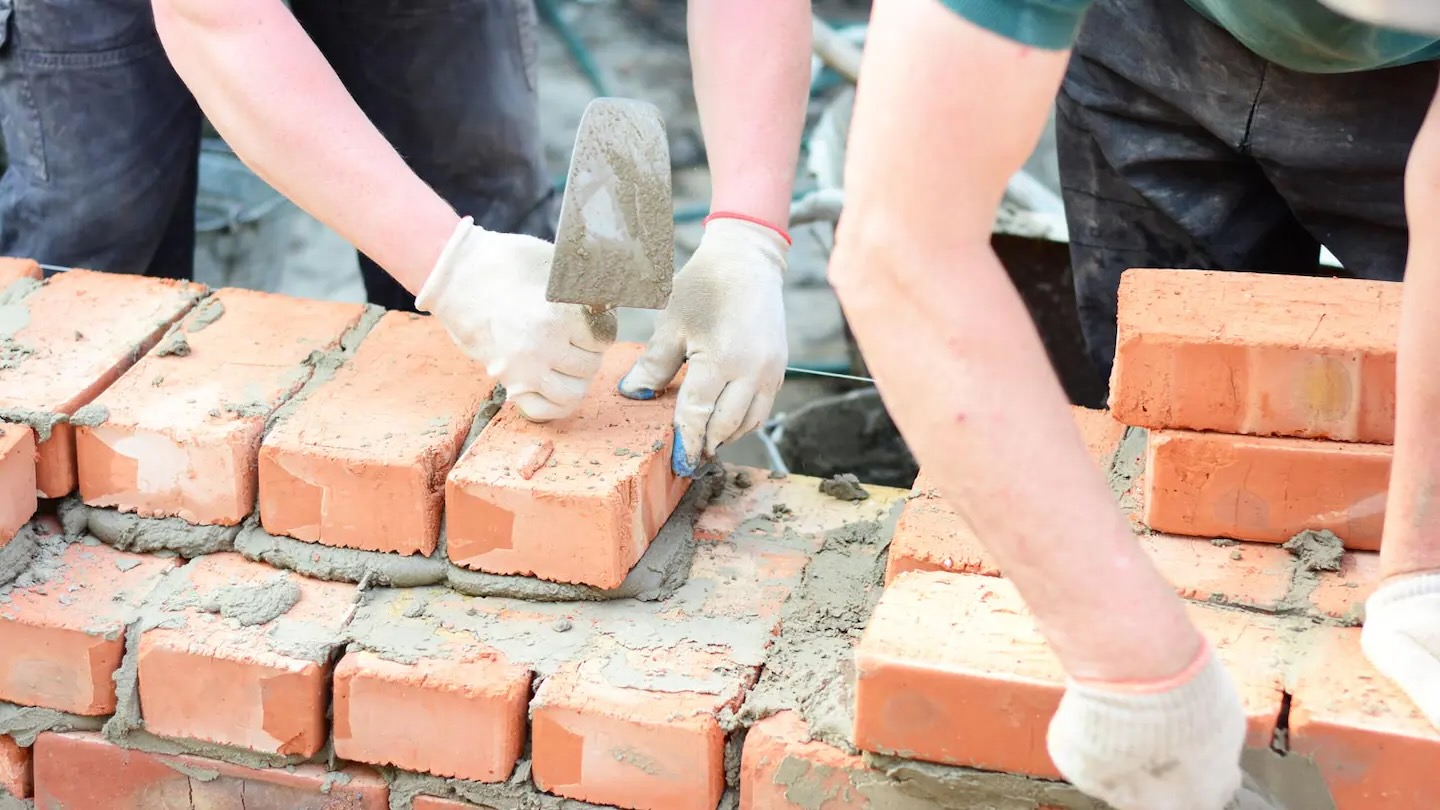

Building Materials
How Long Does It Take To Brick A House
Modified: February 18, 2024
Learn how long it takes to brick a house and the best building materials to use. Find out the timeline and materials needed for your construction project.
(Many of the links in this article redirect to a specific reviewed product. Your purchase of these products through affiliate links helps to generate commission for Storables.com, at no extra cost. Learn more)
Introduction
Bricklaying is a crucial phase in the construction of a house, shaping the very foundation of its structural integrity and aesthetic appeal. The process of laying bricks requires precision, skill, and time, as each brick must be carefully positioned and secured to ensure a durable and visually appealing outcome. Many factors come into play when determining the duration of the bricklaying process, making it essential for homeowners and builders to understand the variables at play.
In this article, we will delve into the intricacies of bricklaying, exploring the factors that influence the time it takes to brick a house. By gaining insights into these elements, readers will develop a comprehensive understanding of the bricklaying timeline and discover valuable tips for expediting the process without compromising quality. Whether you are embarking on a new construction project or seeking to enhance your knowledge of building materials, this article will provide invaluable information to guide you through the bricklaying journey.
Key Takeaways:
- Bricklaying time varies based on factors like design complexity, weather, and skill level. A standard 2,500 sq ft home takes 4-6 weeks, but larger or intricate homes may take 2-3 months.
- To speed up bricklaying, plan ahead, use modern equipment, coordinate the team, optimize techniques, monitor weather, ensure quality, and invest in continuous training.
Read more: How Long Does It Take For Brick To Dry
Factors Affecting Bricklaying Time
Several critical factors play a pivotal role in determining the time required to lay bricks and complete the construction of a house. Understanding these factors is essential for accurately estimating the duration of the bricklaying process and planning the overall construction timeline. Here are the primary elements that influence the time it takes to lay bricks:
- Design Complexity: The architectural design of the house significantly impacts the bricklaying time. Intricate designs, such as curved walls, arches, or intricate patterns, require meticulous attention and precision, leading to an extended bricklaying timeline.
- Weather Conditions: Weather can be a major determinant of bricklaying time. Adverse weather, such as heavy rain or extreme cold, can impede the bricklaying process, leading to delays and potential quality issues. Conversely, favorable weather conditions can expedite the bricklaying timeline.
- Foundation Preparation: The condition and preparation of the foundation directly influence the efficiency of bricklaying. A well-prepared and level foundation facilitates smoother bricklaying, while foundation-related complications can lead to delays.
- Experience and Skill Level: The expertise of the bricklayers involved in the project significantly impacts the speed and precision of the bricklaying process. Highly skilled and experienced bricklayers can work more efficiently, potentially reducing the overall bricklaying timeline.
- Material Accessibility: The availability and proximity of brick and mortar supplies to the construction site can affect the efficiency of bricklaying. Easy access to materials streamlines the process, while logistical challenges can lead to delays.
- Structural Height: The height of the structure being bricked is a crucial factor. Taller buildings require additional time for scaffolding, safety measures, and the actual bricklaying process, leading to a longer overall timeline.
By considering these factors, homeowners and builders can gain a comprehensive understanding of the variables that impact bricklaying time, allowing for more accurate project planning and management.
Average Time to Brick a House
The duration required to brick a house can vary significantly based on the factors mentioned earlier. On average, the bricklaying process for a standard single-family home can span several weeks to several months, encompassing various stages of construction. It’s important to note that this timeframe is influenced by the size of the structure, the complexity of the design, and the efficiency of the construction team.
For a typical 2,500 square foot home with a straightforward design, the bricklaying process alone can take approximately 4 to 6 weeks to complete. This estimate includes the time for laying the bricks, applying mortar, and addressing any necessary adjustments or detailing. However, it’s essential to recognize that larger or more intricate homes may require a longer bricklaying timeline, potentially extending to 2 to 3 months.
Additionally, it’s crucial to consider the coordination of other construction activities alongside bricklaying, such as roofing, electrical work, and interior finishing. These concurrent processes can impact the overall construction timeline and the integration of the bricklaying phase into the broader project schedule.
While these averages provide a general understanding of the bricklaying timeline, it’s important to consult with experienced contractors and builders to obtain a more precise estimate tailored to the specific project requirements and circumstances. By leveraging professional insights, homeowners and construction teams can develop realistic timelines and ensure the successful completion of the bricklaying process within the broader construction schedule.
Bricking a house can take several weeks to several months, depending on the size of the house, the complexity of the design, and the skill level of the bricklayers. It’s important to plan for this time when considering a construction timeline.
Tips for Speeding Up the Bricklaying Process
Efficiency and precision are paramount in expediting the bricklaying process without compromising the quality of the final structure. By implementing strategic approaches and best practices, construction teams can optimize their workflow and reduce the overall time required to lay bricks. Here are valuable tips for speeding up the bricklaying process:
- Preparation and Organization: Thoroughly plan and organize the bricklaying process, ensuring that all necessary materials, tools, and equipment are readily available. Streamlining the workflow from the outset minimizes downtime and optimizes productivity.
- Utilize Modern Equipment: Embrace advanced bricklaying tools and equipment, such as mechanical bricklaying aids and mortar mixers, to enhance efficiency and accuracy. These innovations can significantly reduce manual labor and expedite the overall process.
- Team Coordination: Foster clear communication and coordination among the construction team, including bricklayers, laborers, and supervisors. Efficient teamwork and synchronized efforts can accelerate the bricklaying timeline while maintaining quality standards.
- Optimized Bricklaying Techniques: Implement time-saving bricklaying techniques, such as the use of pre-mixed mortar and efficient brick laying patterns. Additionally, employing skilled bricklayers with expertise in rapid yet precise bricklaying practices can enhance productivity.
- Weather Monitoring and Planning: Stay vigilant about weather forecasts and plan the bricklaying activities accordingly. Capitalize on favorable weather windows to maximize productivity and mitigate potential delays due to inclement conditions.
- Quality Control Measures: Implement rigorous quality control protocols to identify and address any issues promptly. Proactive quality assurance prevents rework and ensures a seamless progression of the bricklaying process.
- Continuous Training and Skill Development: Invest in ongoing training and skill enhancement programs for the construction team, empowering them with the latest industry techniques and best practices. Enhanced skills translate to heightened efficiency and accelerated bricklaying timelines.
By integrating these tips into the bricklaying process, construction teams can optimize their operations, reduce the overall time required for bricklaying, and achieve timely project completion without compromising the structural integrity or aesthetic appeal of the finished house.
Conclusion
Bricklaying stands as a fundamental phase in the construction of a house, embodying the artistry and precision required to shape a durable and visually captivating structure. By comprehensively understanding the factors influencing bricklaying time, homeowners and construction teams can navigate the complexities of this essential process with informed decision-making and strategic planning.
From the intricacies of design complexity to the impact of weather conditions and the optimization of construction techniques, every aspect plays a crucial role in shaping the bricklaying timeline. By acknowledging these factors and leveraging the tips for expediting the bricklaying process, construction teams can enhance their efficiency, reduce project timelines, and deliver exceptional results.
Ultimately, the average time to brick a house varies based on numerous variables, including the size of the structure, the intricacy of the design, and the proficiency of the construction team. By consulting with experienced professionals and embracing modern tools and techniques, homeowners can navigate the bricklaying journey with confidence, ensuring the timely and successful completion of their construction projects.
As the cornerstone of architectural excellence, bricklaying encapsulates the harmonious blend of tradition, innovation, and craftsmanship, shaping the foundations of enduring homes and inspiring spaces.
Through a holistic understanding of bricklaying and its associated dynamics, homeowners and builders can embark on their construction endeavors with clarity, purpose, and a steadfast commitment to quality and efficiency.
Frequently Asked Questions about How Long Does It Take To Brick A House
Was this page helpful?
At Storables.com, we guarantee accurate and reliable information. Our content, validated by Expert Board Contributors, is crafted following stringent Editorial Policies. We're committed to providing you with well-researched, expert-backed insights for all your informational needs.


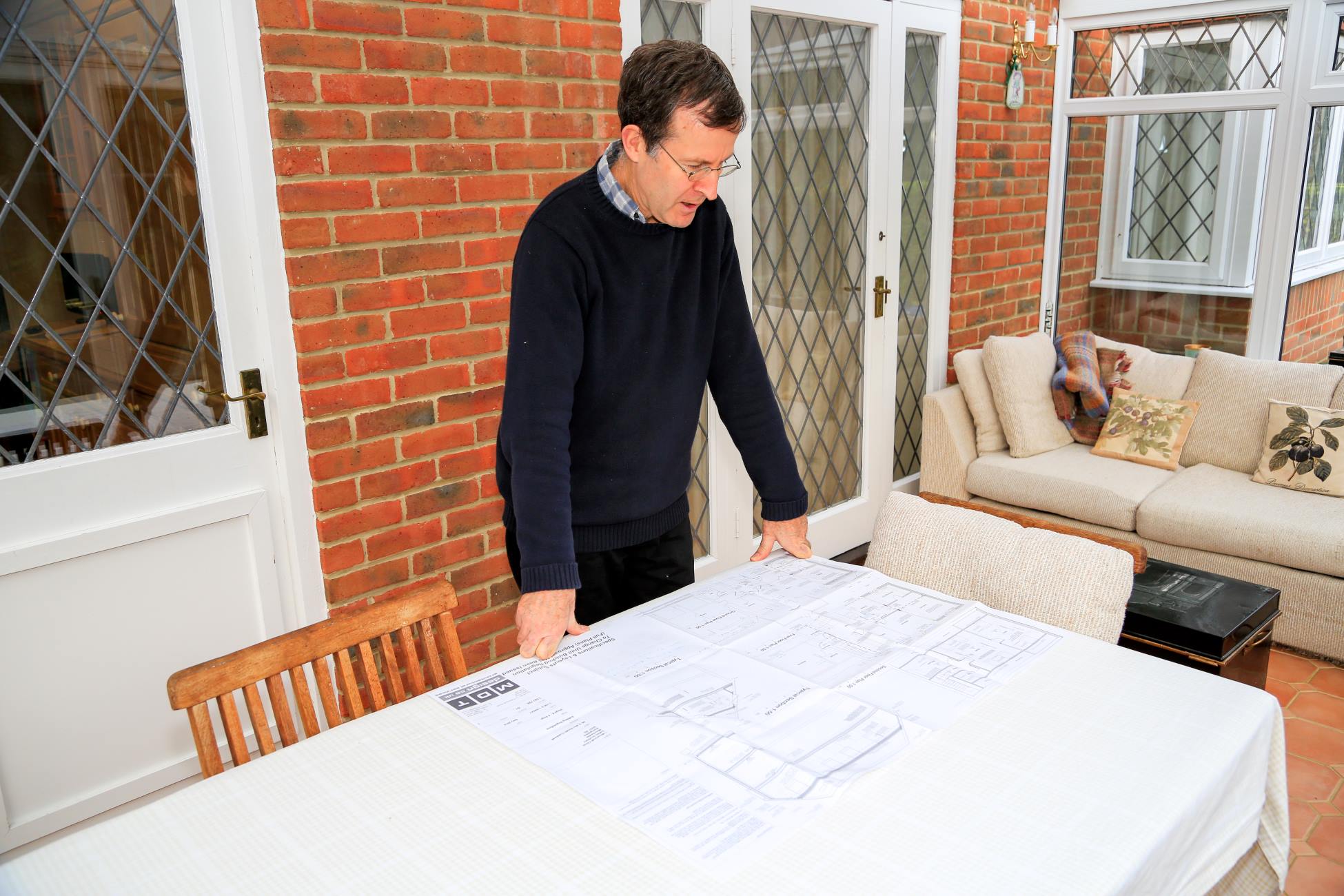
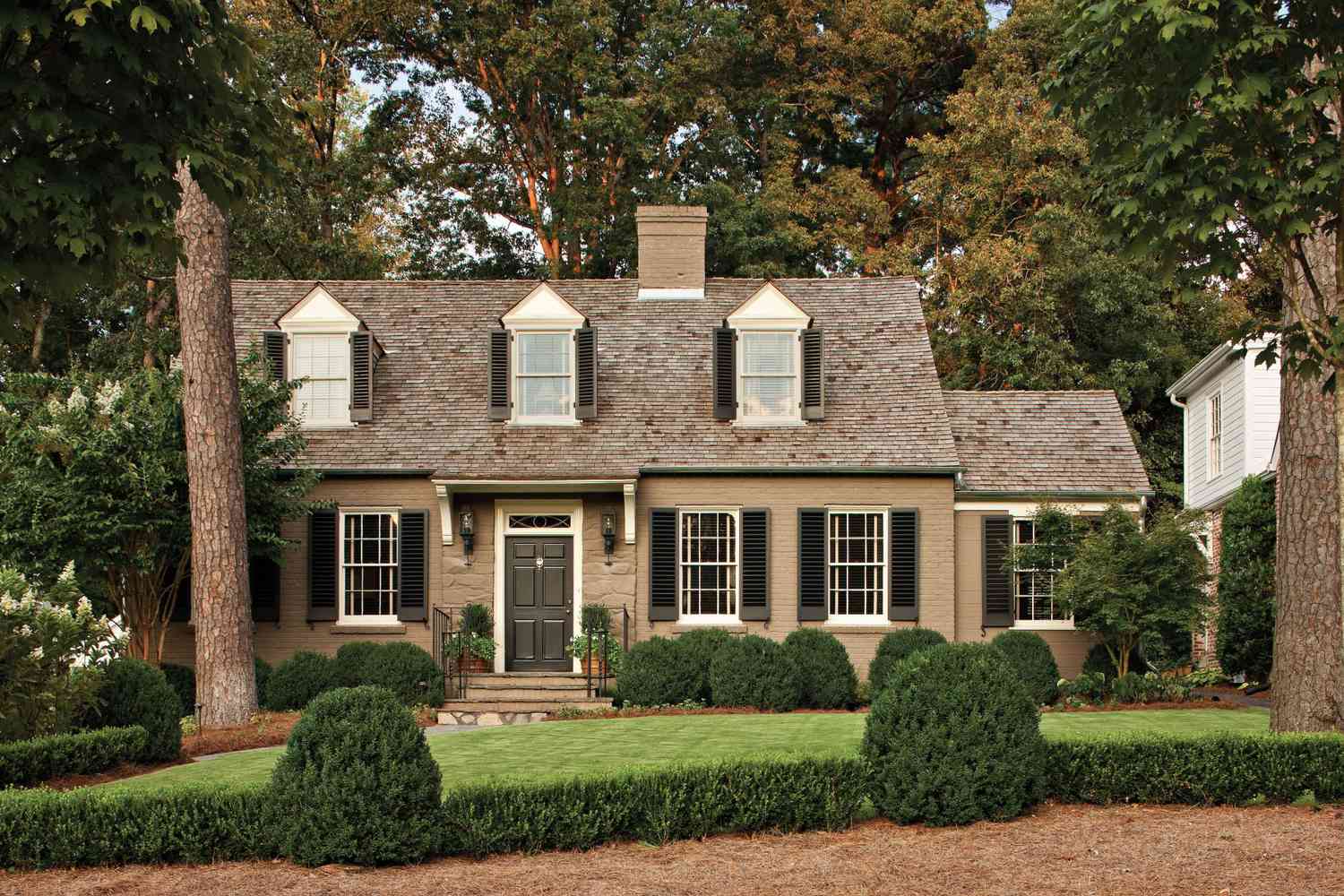
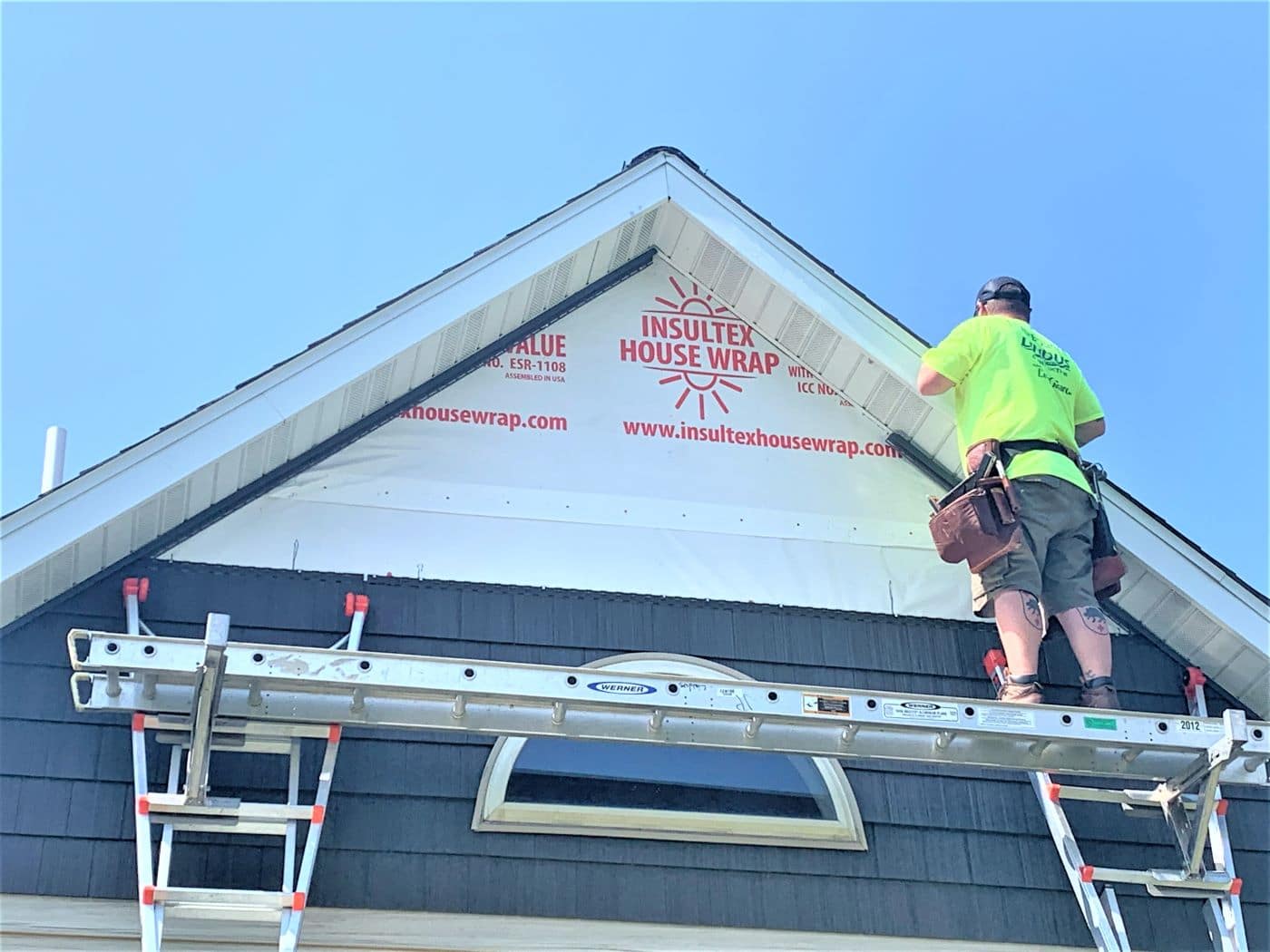
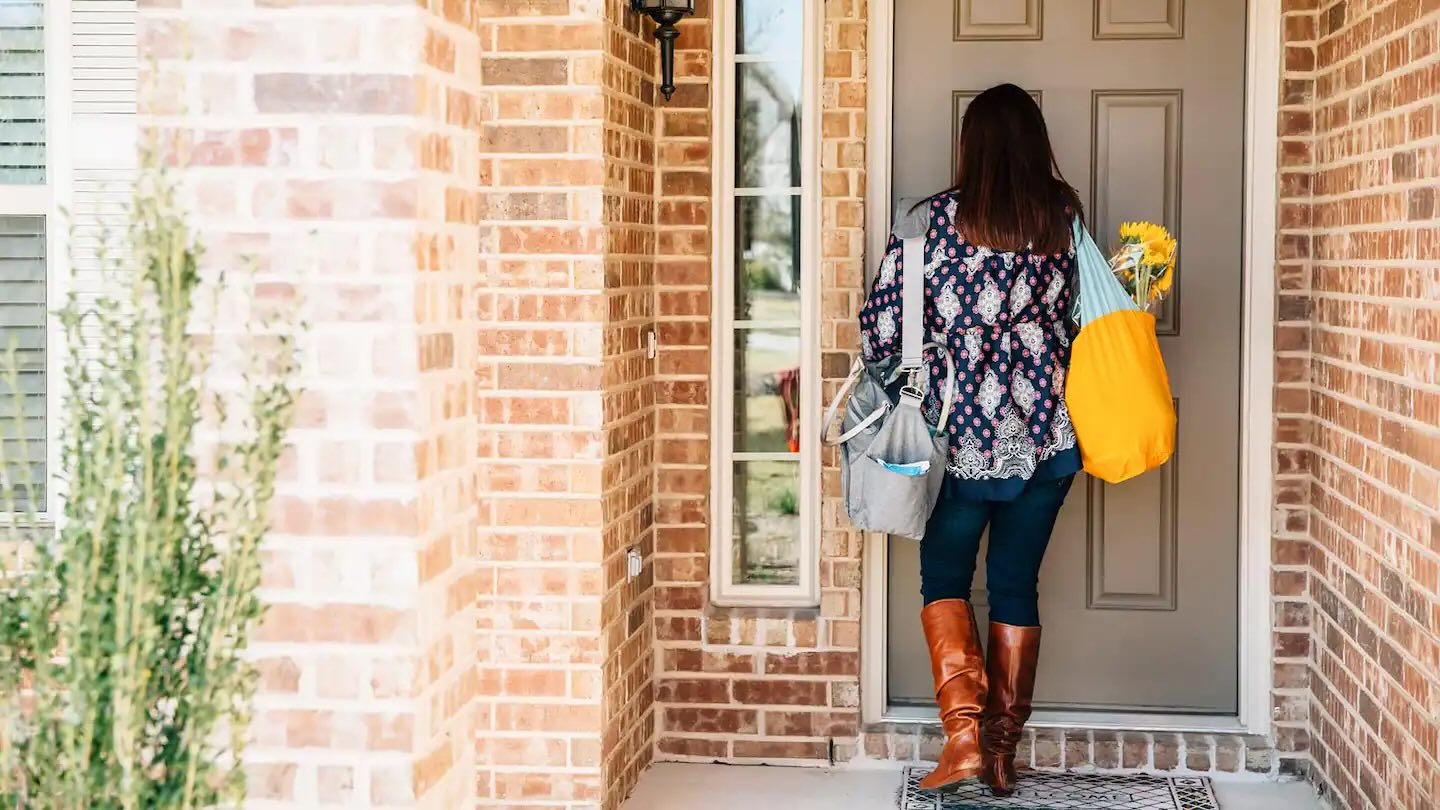


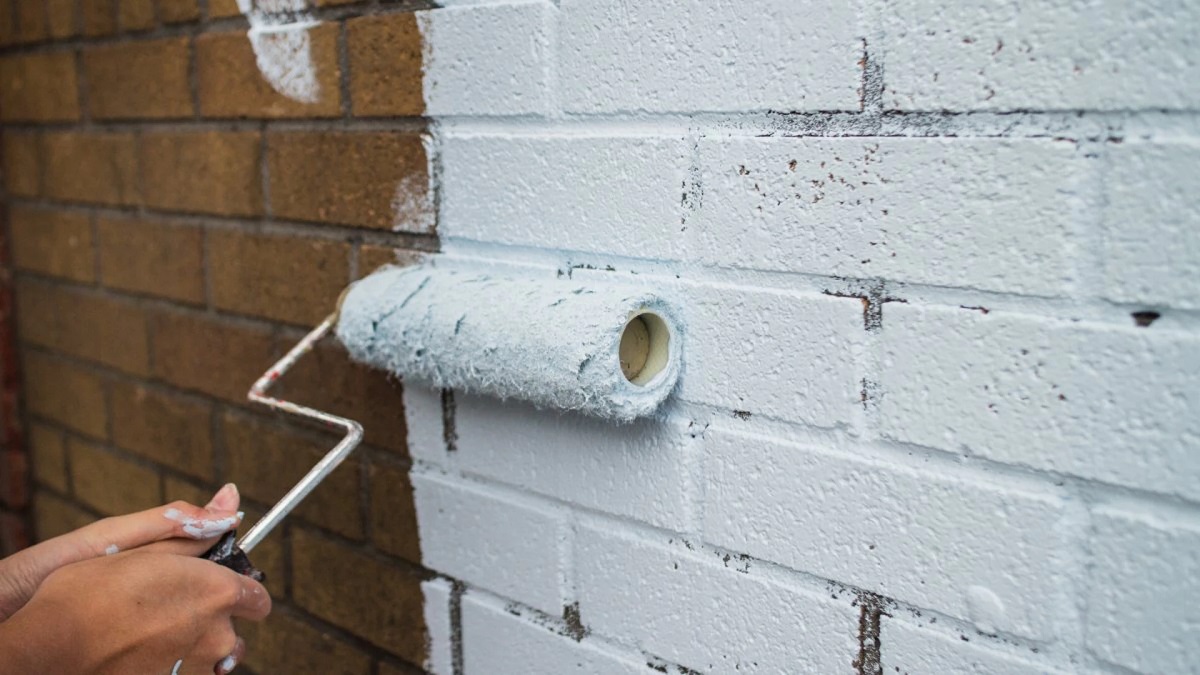
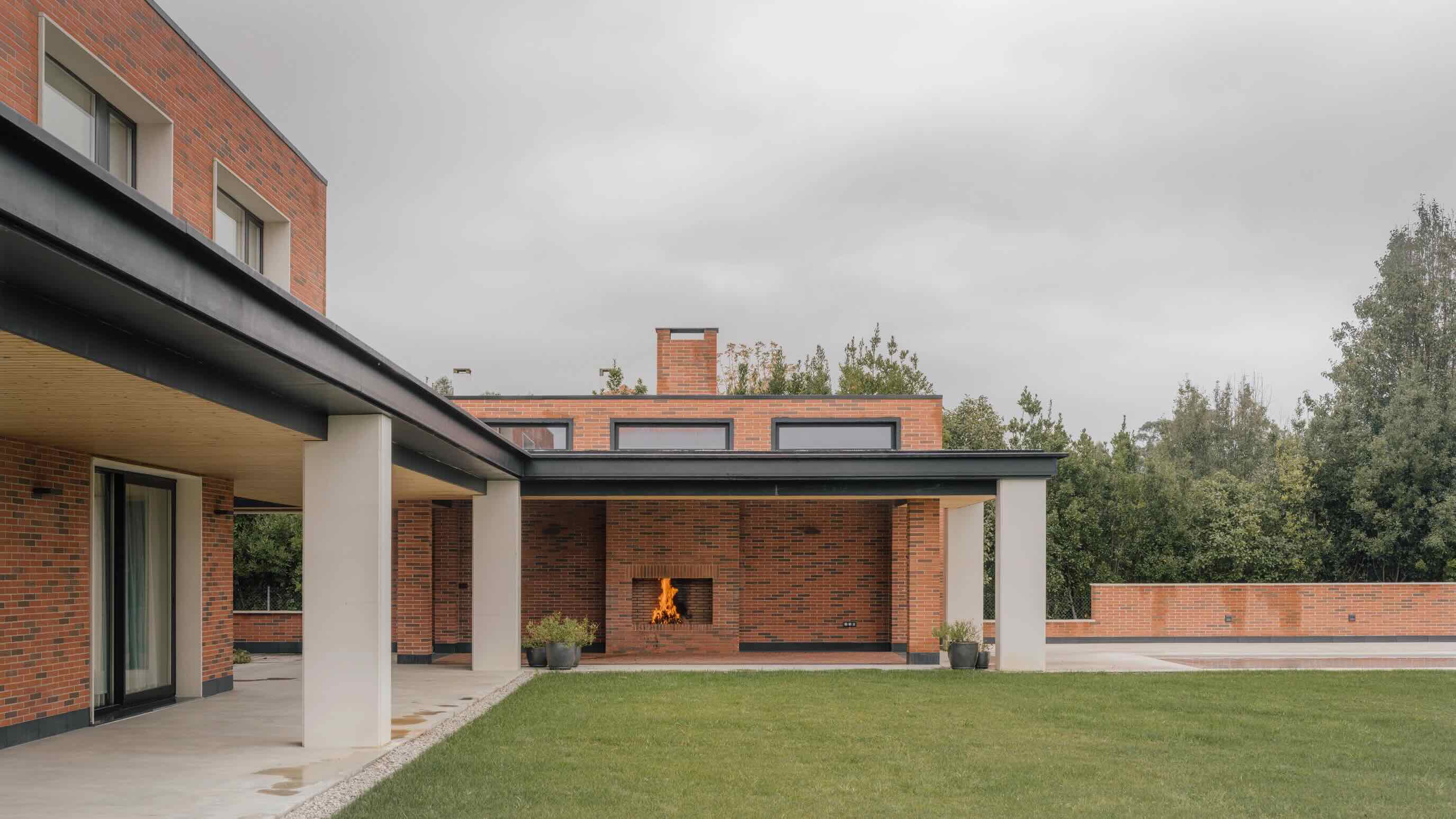
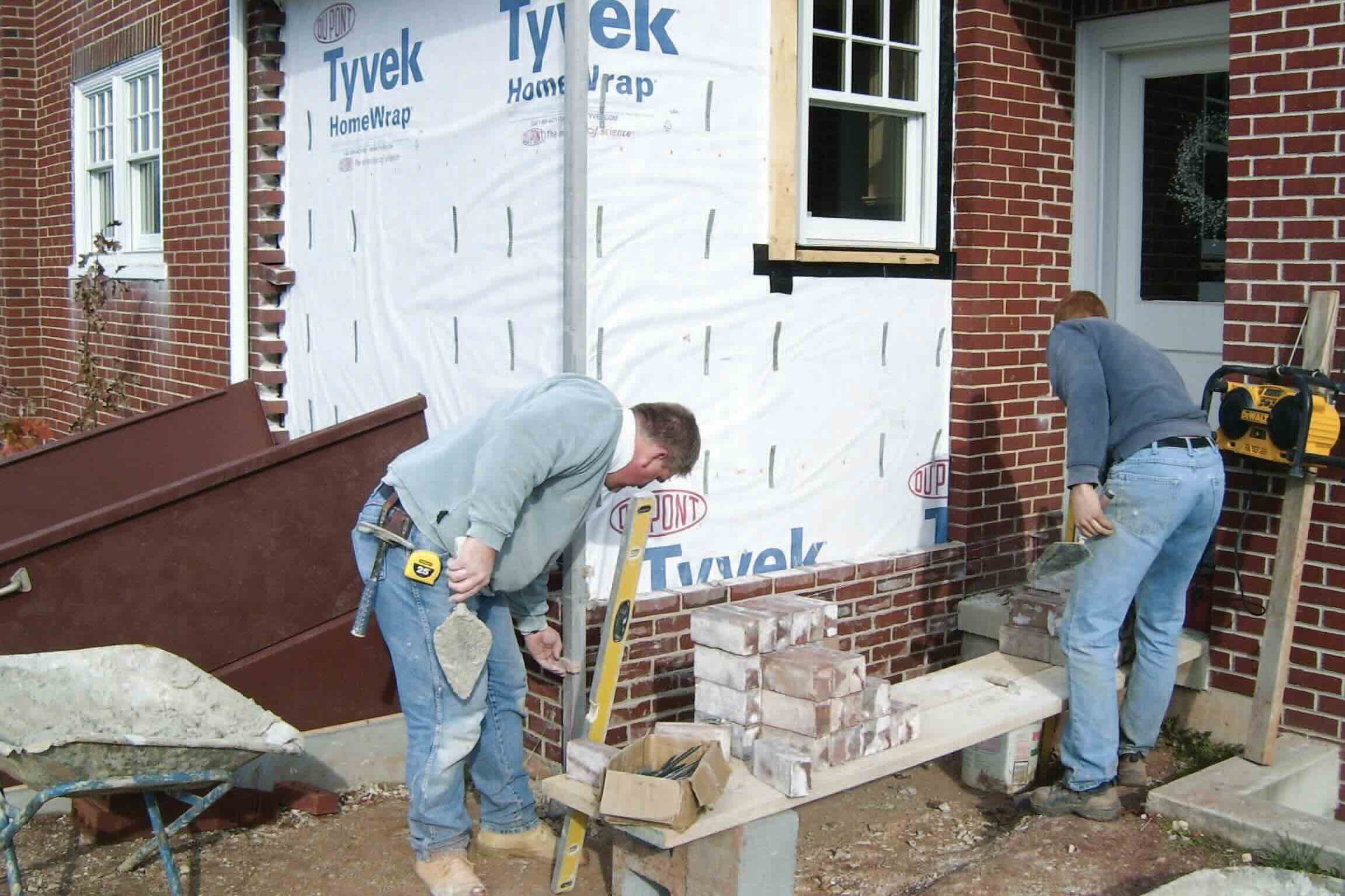
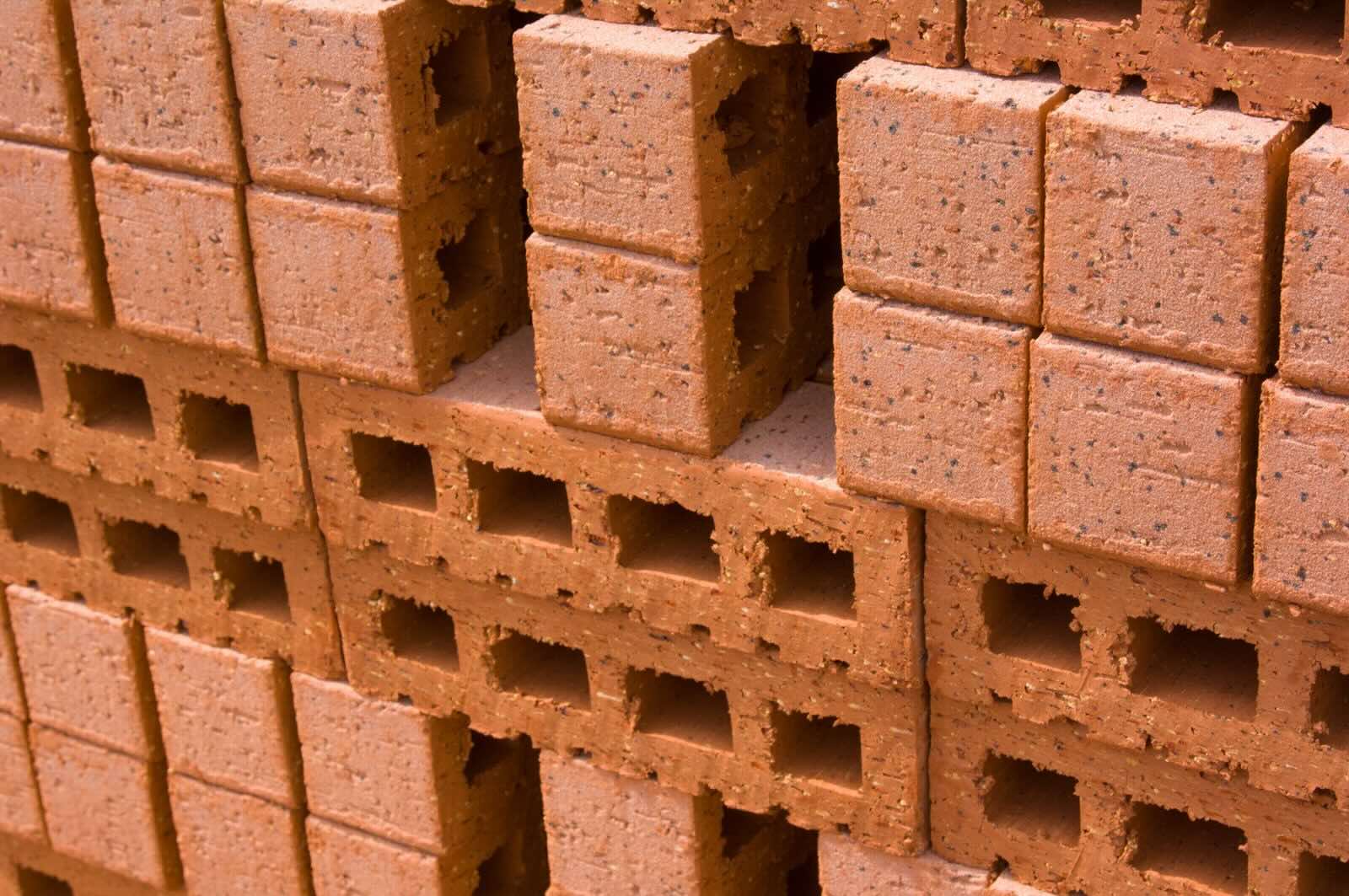




0 thoughts on “How Long Does It Take To Brick A House”